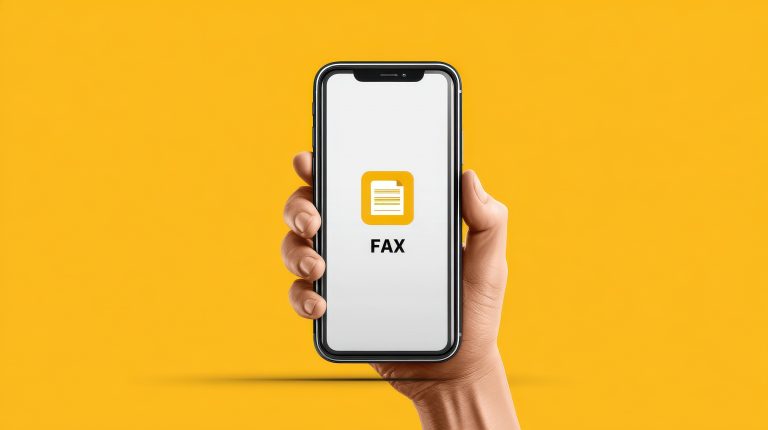In this fast-paced, technologically driven marketplace, including contactless payment options within a business is no longer an option; rather, it is a dire necessity in answering customer needs and ensuring competitiveness. Contactless payments are the ability of a customer to pay through a smartphone, smartwatch, or some kind of contactless card. They are faster, more convenient, and safer compared to traditional methods of paying. But again, it requires an inching transition in its implementation into your business. Following are some key considerations for any smooth implementation of contactless payment processes in businesses.
Understand the Benefits of Contactless Payments
Before implementation, it is important to understand the benefits derived from contactless payments. These forms of transaction reduce transaction times, improving customer convenience and operational efficiency. They also handle less cash, promoting hygiene and safety-something increasingly important in a post-pandemic world. Offering contactless payment options can increase appeal to technology-savvy customers and even modernize your business image.
Invest in Compatible Payment Terminals
A good beginning consists of the proper hardware for contactless payments. First things first: your POS terminals will need NFC technology that will allow transactions to take place seamlessly with just a tap of a contactless card or device. When choosing a POS system, look for one that can support several options, including mobile wallets like Apple Pay, Google Pay, and Samsung Pay, among others, to give a wide avenue to your customers.
Choose terminals that are easy to operate for your employees and customers alike. An operating interface that is easy to use means smoothness in transaction experience and less time wasted to train your team. Seek out systems that will integrate into your pre-existing infrastructure to avoid costly overhauls.
Partner with a Reliable Payment Processor
You will surely need a trusted payment processor in place for complete management of contactless transactions. Try to find out and contrast providers to select the one providing competitive rates, robust security features, and good customer service. Reliable payment processors provide for continued, interruption-free transactions critical to the establishment of customers’ trust and satisfaction in your shop.
Also consider scalability, especially in processors that can handle growth or expansion of the business. This way, it ensures that your payment system doesn’t break down or slow down with increased demand.
Security and Compliance
Large-scale usage and application of contactless payments raise major concerns regarding security. Besides the security of the transactions, one has to guarantee the safety of customers’ transactions and personal information. Find a system with advanced fraud controlling, encryption, tokenization, and many other modes. Second, make sure the system follows the necessary requirements regarding secure processing in PCI DSS and any other payments data. You will also need to have a solid and secure IT system in place to ensure there are no security breaches, by contacting Charlotte IT Solutions you can achieve this.
Train your employees on security practices to monitor for suspicious activity and keep terminals updated with the latest software.
Educate Your Customers and Employees
Because contactless payments are still unfamiliar for some customers and many employees, education plays an important part in the implementation of such methods. Educate the personnel to help such customers who are not acquainted with this technology. Ensure to pass the messages of speed, convenience, and security benefits during all customer interactions.
You can also make your customers aware with in-store signage, email campaigns, and social media posts about the availability of contactless payment options. A seamless, well-communicated rollout process drives adoption and ensures customer satisfaction.
Leverage Contactless Payments for Customer Engagement
Besides providing a faster way to complete transactions, contactless payments can provide opportunities for improved customer engagement. Most of the contactless systems can easily integrate with loyalty programs where you can reward customers for purchases. You can even link the contactless transaction into these programs for personalized offers and incentives for repeat business.
Furthermore, contactless payment data can show customer preference, which helps you to target your marketing with greater precision and to build better products.
Monitor and Optimize Your System
After implementing contactless payments, it’s crucial to monitor the system’s performance and gather feedback from both customers and employees. Analyze transaction data to identify peak usage times, potential bottlenecks, and opportunities for improvement. Regularly update your hardware and software to ensure they remain compatible with the latest technologies and security standards.
More ways can also be gained by listening to customer feedback. If a client finds some inconvenience or has a preference, giving those fixes will make them more inclined and loyal to the business by solving these problems.
Integrate Contactless Payments with Other Business Tools
Modern businesses have to deal with a lot of different tools for inventory management, accounting, and marketing. The integration of your contactless payment system with such tools will make operations quite smooth and efficient. For instance, integrating it with inventory management software updates your stock levels in real time, while integration with accounting software simplifies financial reporting.
Conclusion
Contactless payments are one strategic step to improving customer satisfaction, enhancing your operational efficiency, and setting up your business for future growth. The right technology, a focus on security, training of your team and customers, and continuous optimization will help make the transition to contactless payments successful. Adoption of this novelty will not only keep your business competitive in growing trends of digital payments but also pave the way toward seamless, modern customer experiences.







